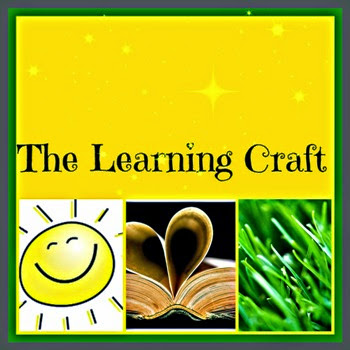I found this eye opening piece on edutopia.org and I knew it was just right to share.
There are many modern poets saying valid and beautiful things about the world, but few people are buying their books. Walk around any book shop and you might struggle to find the typically tiny poetry section. The art of poetry remains something literary, academic, and removed from ordinary reading habits. Yet poets go to great lengths to demonstrate that poetry is diverse, accessible, and relevant. After all, song and rap lyrics are widely-loved forms of poetry. There is also poetry, as they rightly point out, in text and Twitter feeds.
Beyond Forced Rhyme
However, if you ask most teaching colleagues and parents to share memories of learning about poetry, they recall, often with pained expressions, intensely studying a small number of poets in high school, where they had to analyze poems word by word. They will also talk about the type of rhyming poetry learned in elementary school.
Rhyme is an excellent way for young children to develop an awareness of language, phonic patterns, and rhythms. The problem is that children's experience of poetry is so dominated by rhyme that when they come to write, they are distracted by the need to create rhyming couplets. It comes as a surprise to them that poetry does not have to rhyme.
Despite poetry being a required writing form in most curriculums, it is often rushed and sometimes abandoned altogether due to inevitable pressure on the timetable. This is a tragic shame given the many benefits of teaching poetry. Here are my top five:
Poetry broadens reading choices, as there are numerous excellent poetic picture books and poetry collections.
This distilled form of writing naturally focuses on sentence-level skills with its purposeful selection of adjectives, adverbs, powerful verbs, specific nouns, etc.
This makes poetry a perfect writing form to study immediately after holiday breaks when students typically show regression in the quality of written and spoken communication.
Being such a small amount of writing, poetry is less intimidating for writers new to English. Along with storytelling, it has given my English as an additional language (EAL) students their first opportunity to write English and orally share their writing.
Poetry can be written about any subject, imaginary or factual; about personal experiences or concepts; about emotions or facts.
10 Poetic Days
My poetry units typically take around two weeks of daily, hour-long poetry lessons. I teach free or blank verse forms that have no rhyming patterns and no special rules about numbers of lines or line breaks. My focus is on language choice and authentic, personal expression. I would break those two weeks down into the following flexible sections:
Days 1-2: Immerse students in studying model poetry texts. Children borrow poetry texts for home reading during the whole unit.
Day 3: Identify the writing skills to focus on (for example) similes, alliteration, imagery, etc. Begin practicing these skills with language games.
Days 4-5: Plan for this section by gathering ideas from around the world. Share work in progress with peers and with teacher-student conferencing throughout.
Days 6-7: Model how to develop the ideas into quality sentences with well-chosen language.
Days 8-9: Model forming the finished verses, thinking about line breaks, and reading with expression, while editing along the way.
Day 10: Share and celebrate with an outside audience, such as other classes and parents.
Matthew is an classroom teacher and literacy manager working in an International school in China.


No comments:
Post a Comment
Please leave your thoughts. I'd like to hear from you. :)